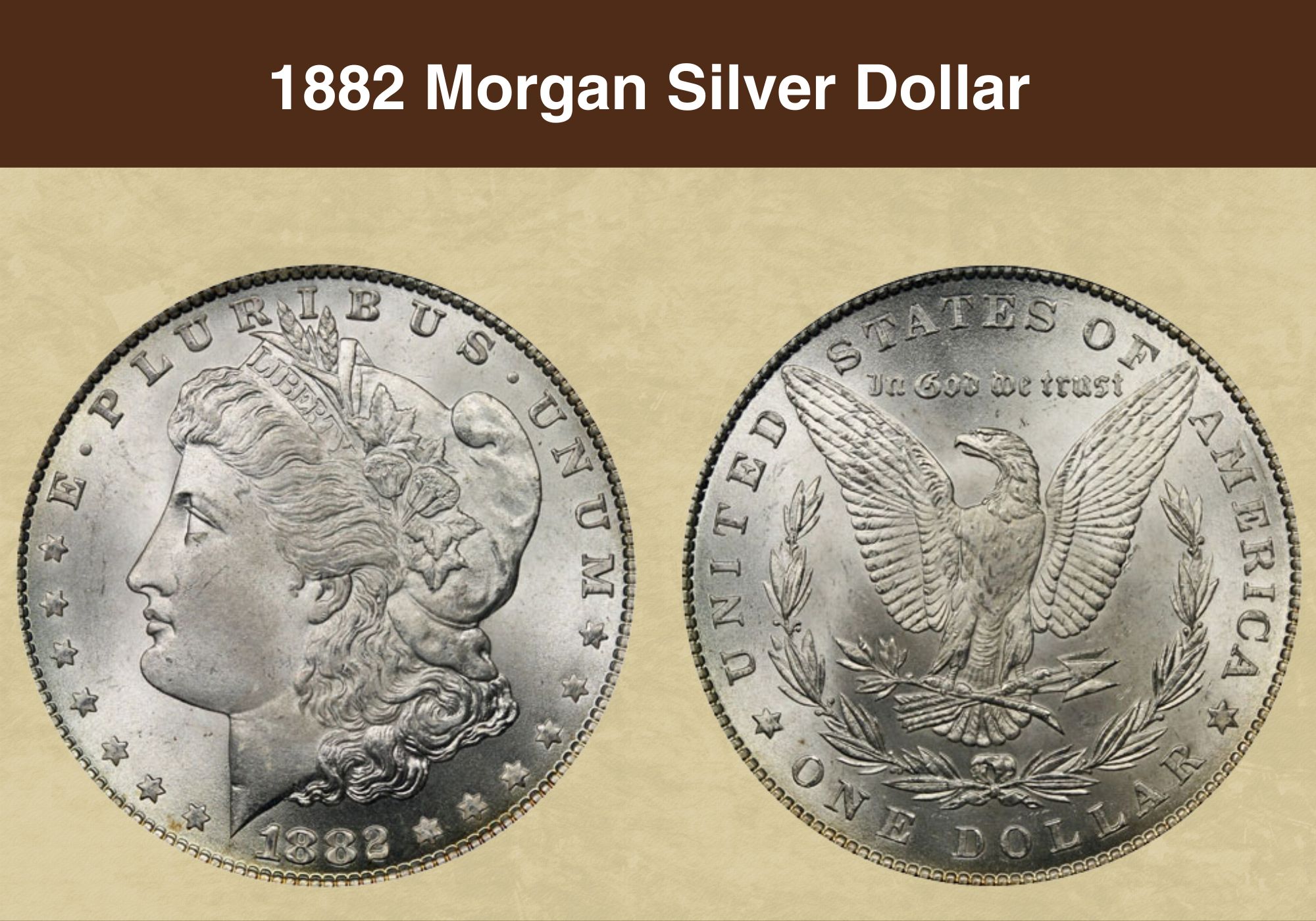
Coin Value Contents Table
- 1882 Silver Dollar Value Chart
- History of the 1882 Silver Dollar
- Features of the 1882 Silver Dollar
- 1882 Silver Dollar Grading
- 1882 Silver Dollar Value Guides
- 1882-O Morgan Silver Dollar Value
- 1882-S Morgan Silver Dollar Value
- 1882-CC Morgan Silver Dollar Value
- 1882 No Mint Mark Morgan Silver Dollar Value
- 1882 (P) Proof No Mint Mark Morgan Silver Dollar Value
- 1882 (P) Proof No Mint Mark Trade Silver Dollar Value
- Rare 1882 Silver Dollar Error List
- Where to Sell Your 1882 Silver dollar ?
- 1882 Silver Dollar FAQ
In 1882, two Silver Dollars were in use. The Silver Trade Dollar circulated overseas (mostly in Asia) while the Silver Morgan Dollar operated within US borders. But the Trade Dollar was already in its final few years so they only made proof coins in 1882. Let’s discuss the historic and economic merit of these two coins as we explore the 1882 Silver Dollar Value.
1882 Silver Dollar Value Chart |
||||||
| Coin | XF 45 | AU 55 | MS 60 | MS 65 | MS 67+ | PR/PF
68 DCAM |
| 1882-CC Morgan Silver Dollar | $260 | $300 | $340 | $725 |
$24,500
|
– |
| 1882-O Morgan Silver Dollar | $52 | $65 | $80 | $675 | $43,500 | – |
| 1882-S Morgan Silver Dollar | $48 | $62 | $75 | $240 | $2,250 | – |
| 1882 (P) No Mint Mark Morgan Silver Dollar | $48 | $70 | $85 | $415 | $42,500 | – |
| 1882 (P) Proof No Mint Mark Morgan Silver Dollar | – | – | – | – | – | $70,000 |
| 1882 (P) Proof No Mint Mark Trade Silver Dollar | – | – | –
|
– | – | $170,000 |
History of the 1882 Silver Dollar
Americans have never liked the Silver Dollar coin. It was heavy and cumbersome in daily use, and Silver Certificates were way more convenient. They were so popular that they grew up to become $1 Bills, making the $1 coin even less liked. So in the early days, the Silver $1 coin was mainly exported for profit because it had slightly less silver than the foreign coins.
This meant you could export US coins, melt them overseas, then import them as raw bullion and make a killing. Eventually, the US Mint stopped making Silver Dollar coins in 1803, and people just used Spanish Silver Dollars instead. But over time, European nations like France and the UK made their own silver coinage. And America wanted even trading odds as well.
So we invented a Silver Dollar that could compete overseas, raising its silver content so it was at par with foreign powers. We called it the Trade Dollar, and it was designed by Chief Mint Engraver William Barber. Locally though, the $1 coin wasn’t getting much use. Besides, the price of silver was dropping, and unusable Trade Dollars were arriving back home in bulk.
Dealing with Deported Dollars
Many of these ex-Asia Silver Dollars had holes and chop marks in them. These were used to authenticate the coins abroad, but they made the coins undesirable within the US. Most of these coins were recalled and melted at the mint. Meanwhile, Morgan Dollars – designed by George T. Morgan – were coined for local circulation with less silver than the Trade Dollars.
Morgan Dollars still didn’t circulate. They were mainly used as backing for Silver Certificates. They largely languished in bank vaults until they were melted en masse in 1918 as part of the US contribution to the War. We sold the melted silver to the UK at $1 per ounce. But back in 1882, while Morgan Dollars sat in safes, Trade Dollars sparkled in collectors’ display cases.
They were minted for a couple more years, with a final run of just five coins in 1885. This led the extremely limited coins to sell for close to $2M a piece! For reference, they made ten in 1884 that are worth about half a million while in 1883 and 1882, the mintage figures were roughly a thousand each. These coins can still fetch $4,000 or so, but we’ll take a closer look.
Also read: 12 Most Valuable One-Dollar Coin Worth Money
Features of the 1882 Silver Dollar
Using the right language is a good way to prove you know your stuff, so here are some basic numismatic terms. The heads side of a coin is its obverse, the tails is its reverse, the thin side is its edge, and the retaining border is its rim or collar. The images are devices and the words are legends or mottos. The backdrop is the field and the blank coin disc is called a planchet.
The Obverse of the 1882 Silver Morgan Dollar
It shows Lady Liberty facing left. Her headband says Liberty and her Phrygian cap has stalks of wheat, cotton, and maple peeking out. The top says E Pluribus Unum and the bottom has the mint date. Thirteen stars fill the rest of the coin perimeter, marking the 13 original states. On the neckline cut-off near the lowest lock of her hair is M for designer George T. Morgan.
The Reverse of the 1882 Silver Morgan Dollar
It shows an eagle with its wings spread out, holding three arrows and an olive branch in its claws. An olive wreath is under the bird, tied with a central ribbon. The left ribbon loop has M for George T. Morgan, and the mint mark is directly below the knot. The top of the coin says United States of America and below it, In God We Trust. The bottom says One Dollar.
Other Features of the 1882 Silver Morgan Dollar
The Morgan Dollar was 38.1mm in diameter (1.5”) and 2.4mm thick. It weighed 26.73g and contained 412.5 grains of fine silver. The metal composition was 90% Silver and 10% Copper, with a reeded edge. On the back of the coin, two stars separated the upper and lower legends.
The Obverse of the 1882 Silver Trade Dollar
It shows Lady Liberty sitting on a bale of cargo with an olive branch pointing at the sea. She has bundles of wheat behind her and one hand has a banner that says Liberty. Thirteen stars surround her and the plaque underneath says In God We Trust, with the mint date below it.
The Reverse of the 1882 Silver Trade Dollar
It has an eagle with three arrows in one talon and an olive branch in the other. Above it is a ribbon that reads E Pluribus Unum, and below the bird it says 420 Grains, 900 Fine. Under that is the mint mark and face value – Trade Dollar. The top says United States of America.
Other Features of the 1882 Silver Trade Dollar
The Trade Dollar is a reeded coin with 420 grains of silver and weighs 27.2g. That constitutes 90% Silver and 10% Copper. The coin is 38.1mm in diameter (1.5”). Most of these coins went to China where they were a popular trading medium. They came back when prices dropped.
Also read: 14 Most Valuable Coins In Circulation
1882 Silver Dollar Grading
1882 Silver Dollars are profitable on multiple fronts. Their precious metal content gives them intrinsic value based on their spot price. And they’re over a century old so they have antique credentials. Like all coins, they’re graded on the Sheldon Scale from Poor (PO 1) to Mint State (MS 70). But you can start with a DIY appraisal before paying for confirmation.
| # | Grade |
|---|---|
| 1 | Basal State-1 |
| 2 | Fair |
| 3 | Very Fair |
| 4, 5, 6 | Good |
| 7, 8, 10 | Very Good |
| 12, 15 | Fine |
| 20, 30 | Very Fine |
| 40 | Extremely Fine |
| 50 | About Uncirculated |
| 60 | Mint State |
| 65 | Mint State |
| 70 | Mint State |
Please check our grading guides to know your coin scale, It’s the necessary step to know the exact value of your coin.
Check out now: How to Grade Morgan Silver Dollar?
1882 Silver Dollar Value Guides
The 1882 Silver Trade Dollar was only minted in Philadelphia as a Proof Coin. But the 1882 Silver Morgan Dollar was coined in Philadelphia, New Orleans, San Francisco, and Carson City. And since minting locations can influence the value of a coin, let’s look at each in turn.
1882-O Morgan Silver Dollar Value
The New Orleans Mint made 6,090,000 Morgan Silver Dollars in 1882. They were regular strikes aka business strikes – which means they were intended for everyday transactions – and they had the O Mint Mark. In June 2015, an MS 68+ sold for $108,688. It’s still the only known sample so it’s worth $120,000 in April 2024. But an MS 68 is half that at $65,000.
1882-S Morgan Silver Dollar Value
In 1882, the San Francisco Mint made 9,250,000 Morgan Silver Dollars. These regular strike coins had the S Mint Mark. In May 2019, an MS 68+ sold for $27,025. PCGS has received 11 of these for grading but the price remains high. It’s $27,500 in April 2024. But half a step down and with close to one hundred submissions, an MS 68 is only worth $7,500 in 2024.
1882-CC Morgan Silver Dollar Value
The Carson City Mint made 1,133,000 Morgan Silver Dollars in 1882. They were business strikes and had the CC Mint Mark. In January 2001, an MS 65 sold for $46,000. More than 6,000 coins have been submitted to PCGS in that grade, so they’re only worth $725 in 2024. The highest known grade is MS 68, and with only one sample so far, its estimate is $60,000.
1882 No Mint Mark Morgan Silver Dollar Value
The Philadelphia Mint made 11,100,000 Morgan Silver Dollars in 1882. None of them had mint marks. Some coins were graded PL (proof-like) or DMPL (deep-mirror-proof-like) to mark them as business strikes or regular strikes with a condition that mimics proof coins. In June 2015, an MS 67+ sold for $32,900. In April 2024, its value has increased to $42,500.
1882 (P) Proof No Mint Mark Morgan Silver Dollar Value
Proof coins have a mirrored field and a frosted device. In the early days, an acid wash was used to frost the words and images, and it would fade every time the die struck, so the first 50 to 100 coins had the strongest contrast between their hazy and reflective surfaces. These were graded as Deep Cameo. The next 100 or so were Cameo, and the rest were just proofs.
Meanwhile, to get the mirror-like finish, the dies were scrubbed with horsehair and the coin blanks were tumbled in stainless steel balls before striking. The purpose of proof coins was to keep records of the ideal sample for the archives. They were also sold to collectors as an extra source of mint revenue. In some years, the mint made reverse proofs or even matte proofs.
In May 2003, a PR 67 sold for $51,750 but 14 exist so it’s down to $18,000 today. A PR 68 is now $33,500. A PR 68 CAM was $63,250 in August 2011. It’s worth $52,500 today since only 5 samples have shown up, but a PR 68+ CAM is $70,000 and a PR 69 CAM is $110,000. In August 2017, a PR 68 DCAM was $51,700. With two known coins, that’s $70,000 in 2024.
1882 (P) Proof No Mint Mark Trade Silver Dollar Value
The Philadelphia Mint made 1,097 Proof Silver Trade Dollars in 1882. In January 2008, a PR 68 sold for $36,800 while a PR 69 CAM was $144,000 in January 2019. But a PR 67 DCAM was $46,000 in April 2006. Prices have stayed high. In April 2024, the only known PR 68+ DCAM is estimated at $185,000 while a PR 68 CAM is $160,000. Even a PR 68 is $65,000.
Also read: Top 10 Most Valuable Morgan Silver Dollar Worth Money
Rare 1882 Silver Dollar Error List
When a new coin is released, numismatists (people who trade and study coins) spend the first 30 days looking for important mint mistakes that may raise the coin’s value. These errors are listed as FS or First Strike errors. Other flaws may be discovered later and will be recorded under other names according to the person or institution that spotted the mistake.
1882-CC Morgan Silver Dollar Misplaced Date Error – VAM 2
On this coin, it seems the mint date was struck twice. At the bottom of the coin, you can see the shadowy trace of an 8, though you can only see the top of it. These coins also have die polish marks. This probably means it was an older die that was approaching the end of its viability, so it was being buffed to stretch its life. An MS 65 DMPL sold for $1,680 in 2021.
1882-CC Morgan Silver Dollar Clashed Die Error – VAM 2A
To make a coin, a feeder finger pushes a blank into position between the obverse and reverse die. But if the blank is too slow to settle, the two dies might hit each other and leave traces of their designs on one another. These will then imprint the next planchet. On this coin, the die clash appears as a faded ‘n’ plus the misplaced 1. In MS 66, it sold for $999 in February 2017.
1882-O Morgan Silver Dollar O/O RPM – VAM 7
In the old days, the mint mark was manually added to the die using a hand puncheon. And it was the final detail to be inserted. So if the person’s hand was in any way unsteady, you may get a doubling error where the second or third imprint landed on a slightly different spot i.e. a re-punched mint mark. You can see the earlier one below. An MS 65+ was $2,640 in 2018.
1882-O/S Morgan Silver Dollar Over Mint Mark Error
An over-mint-mark is similar to a re-punched mint mark, except that it crosses to another mint branch. A die from one mint may be taken to a different mint where it will be re-struck with a new mint mark. But you can still see traces of the previous mint mark underneath. In this case, it’s New Orleans over San Francisco aka O/S. In MS 65+, it was $84,000 in 2022.
Where to Sell Your 1882 Silver dollar ?
Now that you know the value of your coins, do you know where to sell those coins online easily? Don’t worry, I’ve compiled a list of these sites, including their introduction, pros, and cons.
Check out now: Best Places To Sell Coins Online (Pros & Cons)
1882 Silver Dollar FAQ
What is the Mint Mark on the 1882 Morgan Silver Dollar?
In 1882, Morgan Silver Dollars were made in four mint branches. The ones without Mint Marks were from Philadelphia while the O Mint Mark was for New Orleans in Louisiana, the S Mint Mark was for San Francisco, and the CC Mint Mark was for Carson City in Georgia.

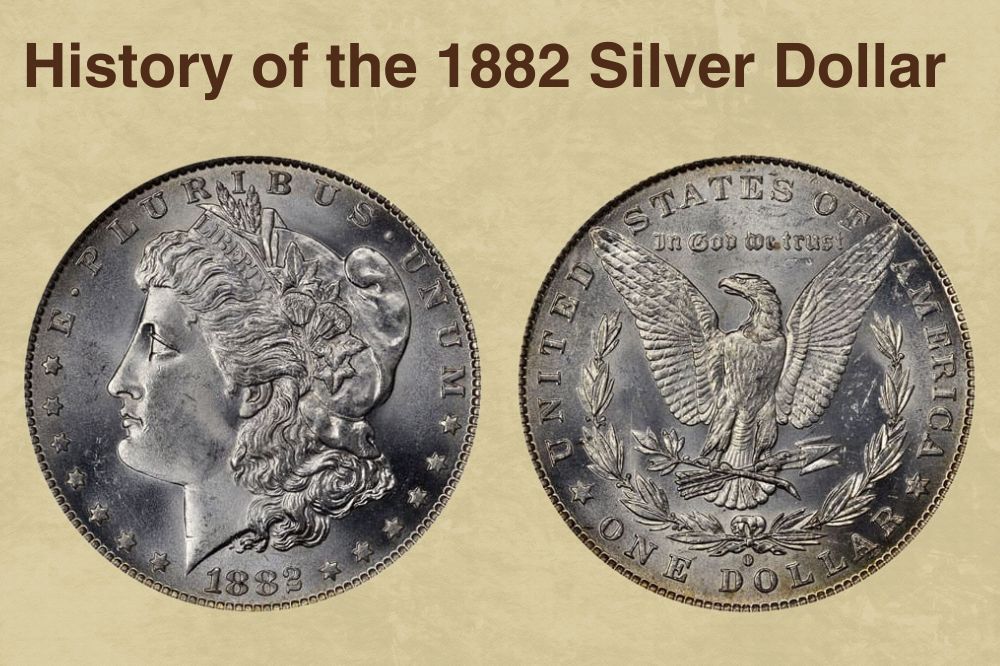
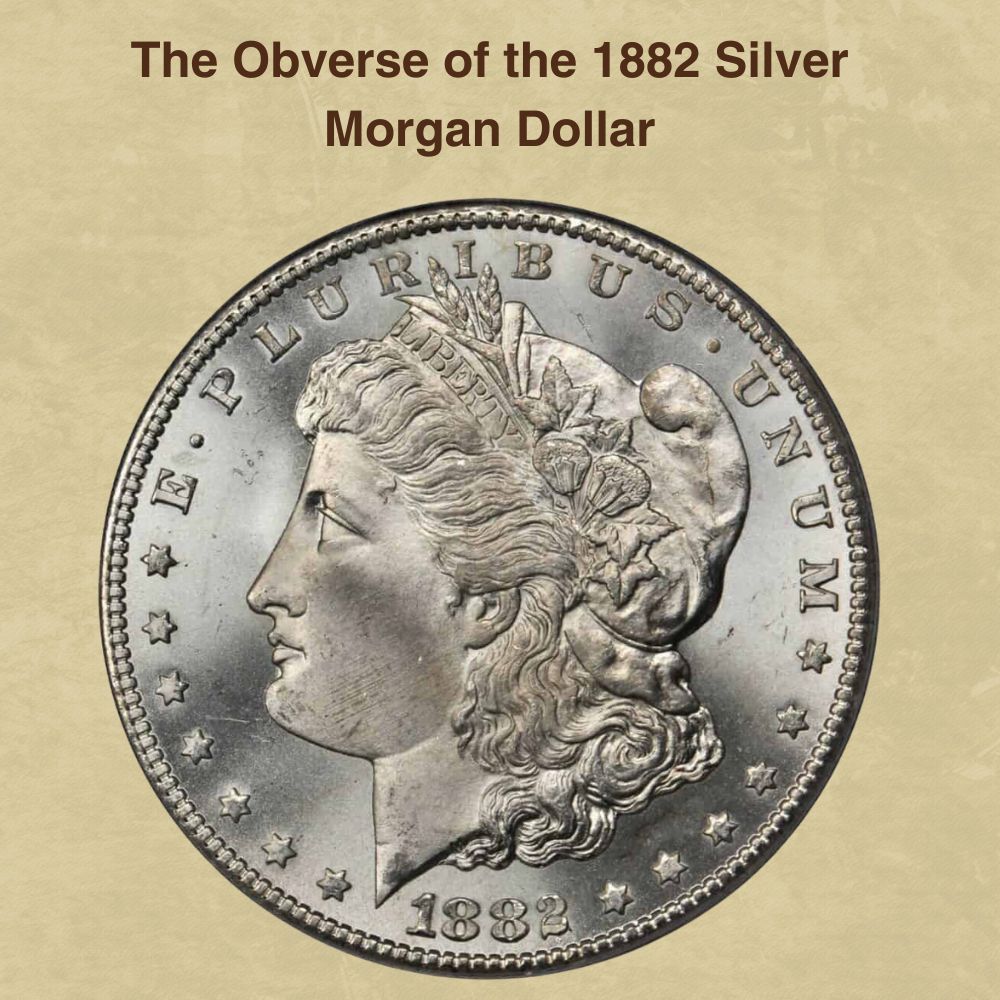
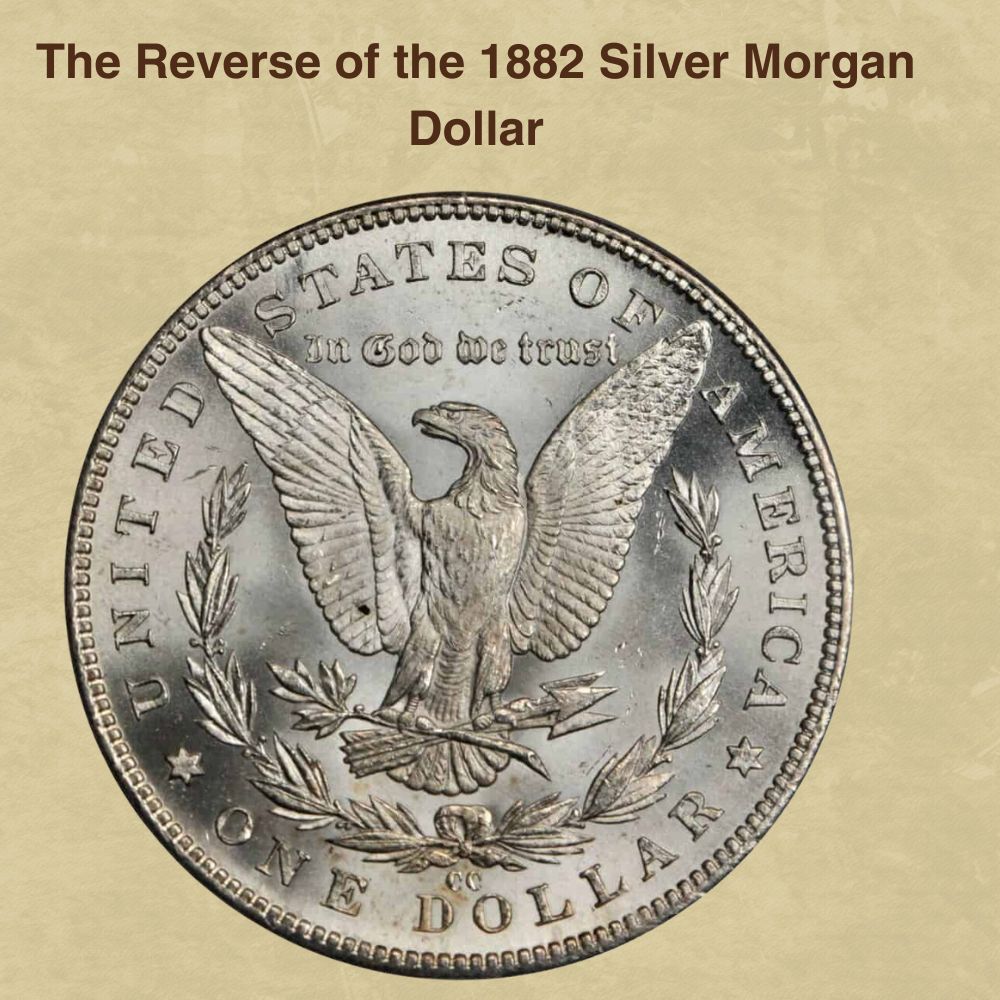
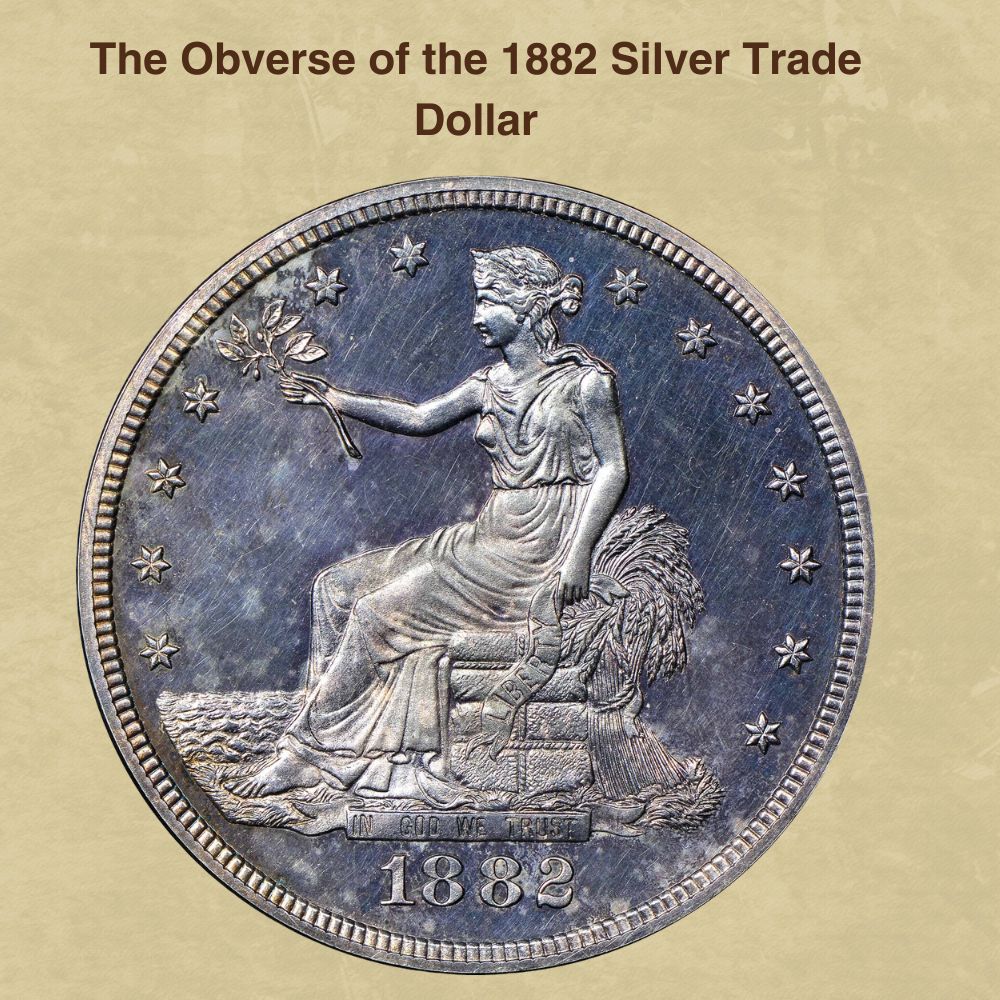
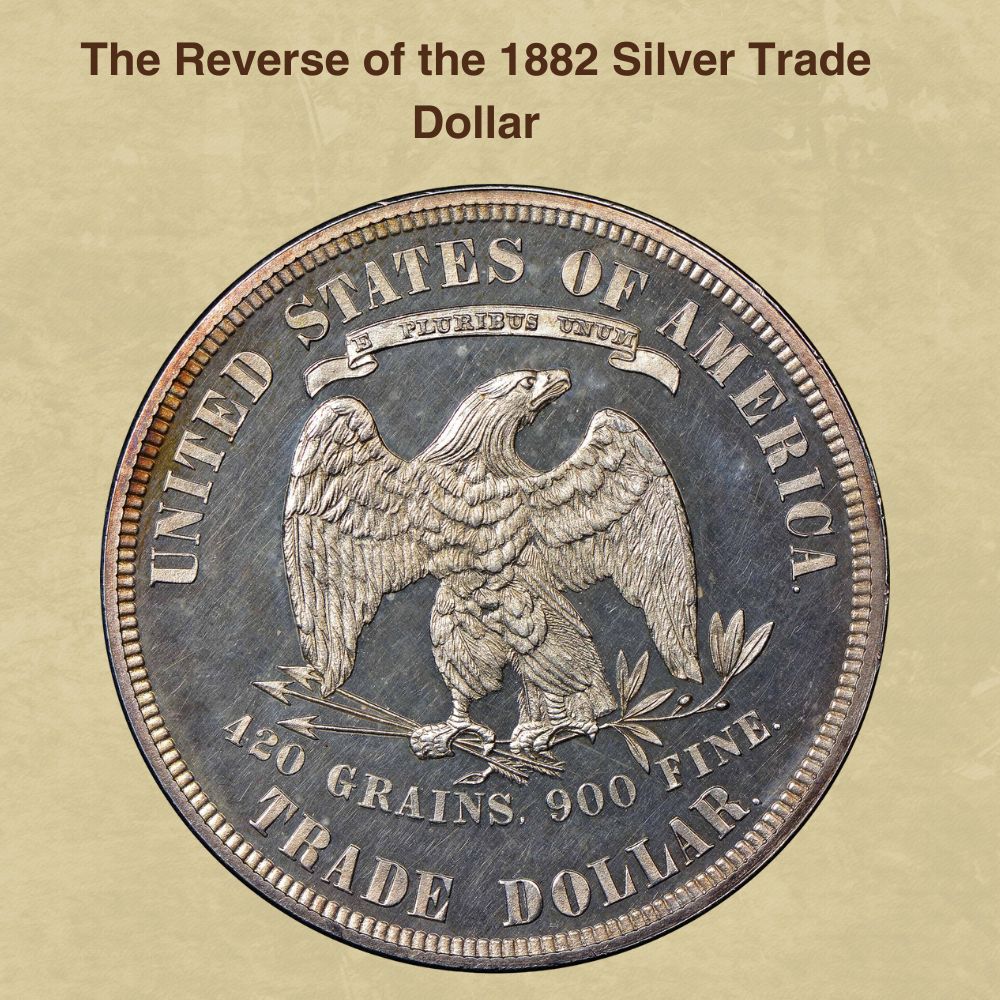
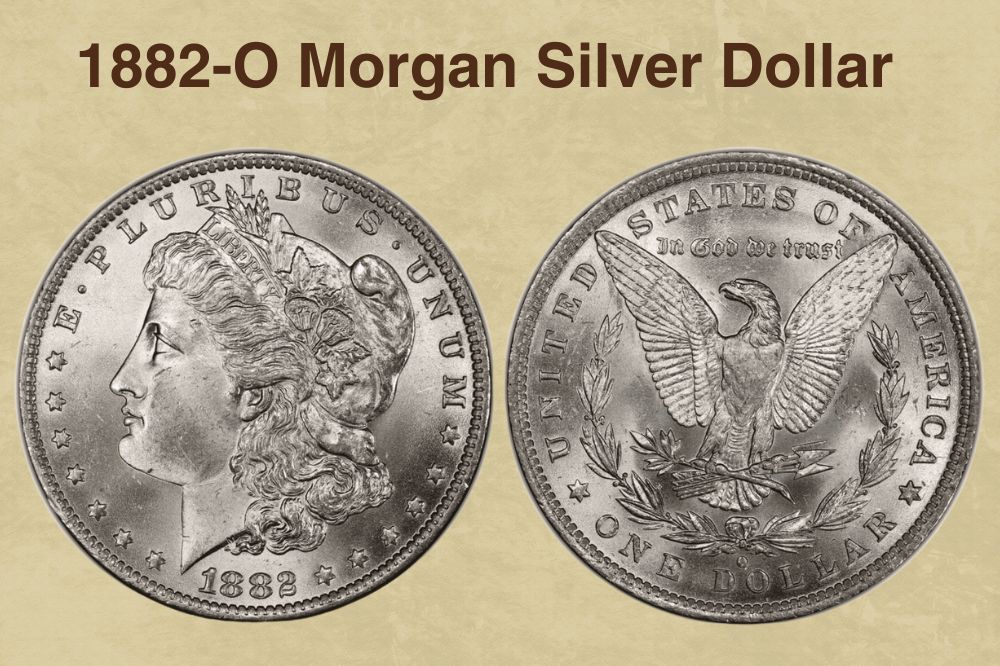
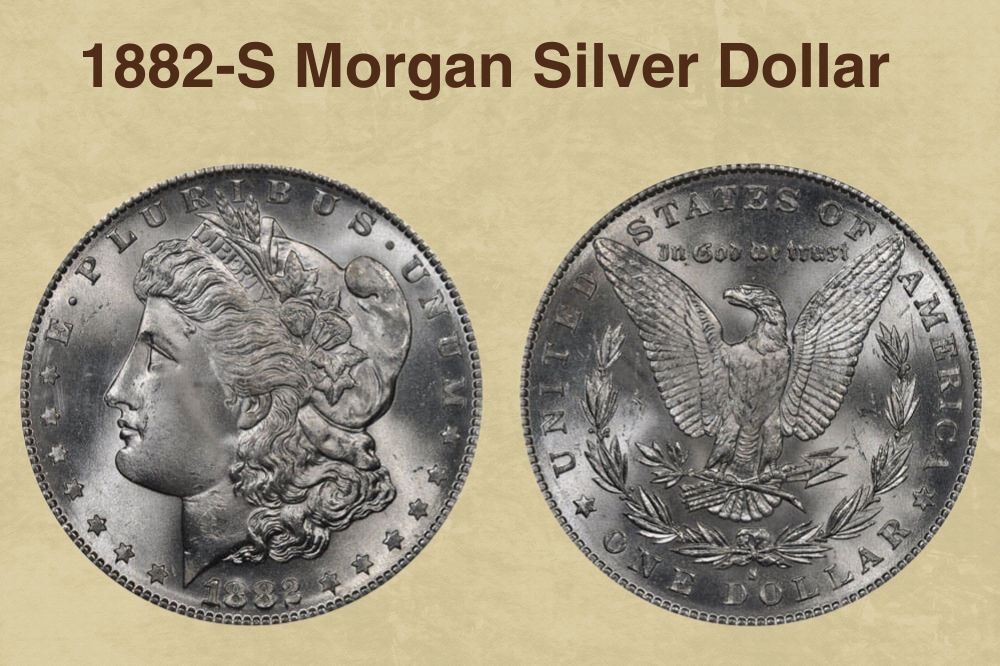
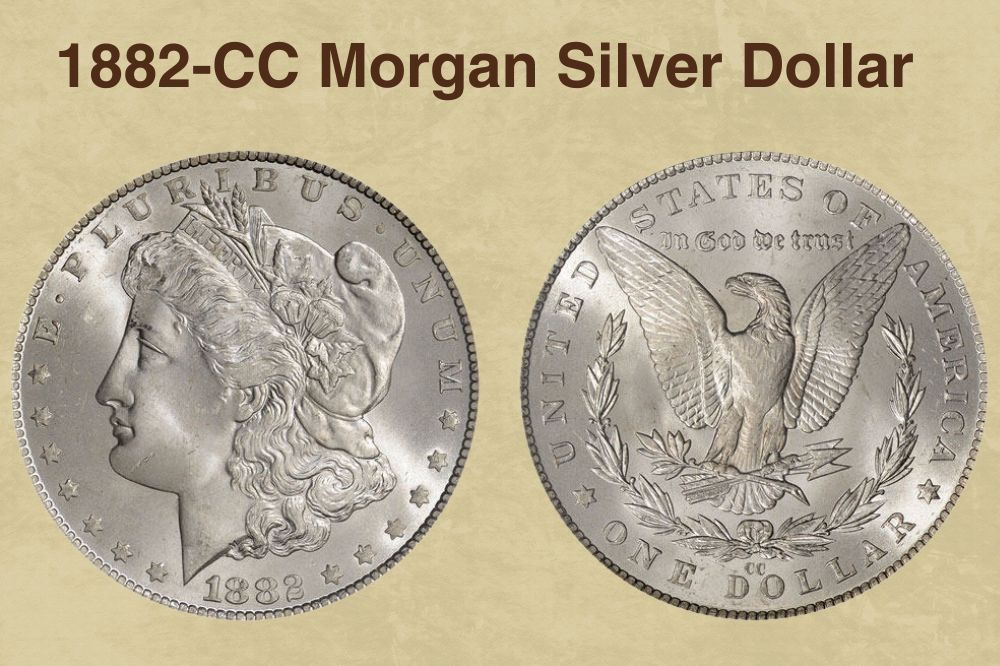
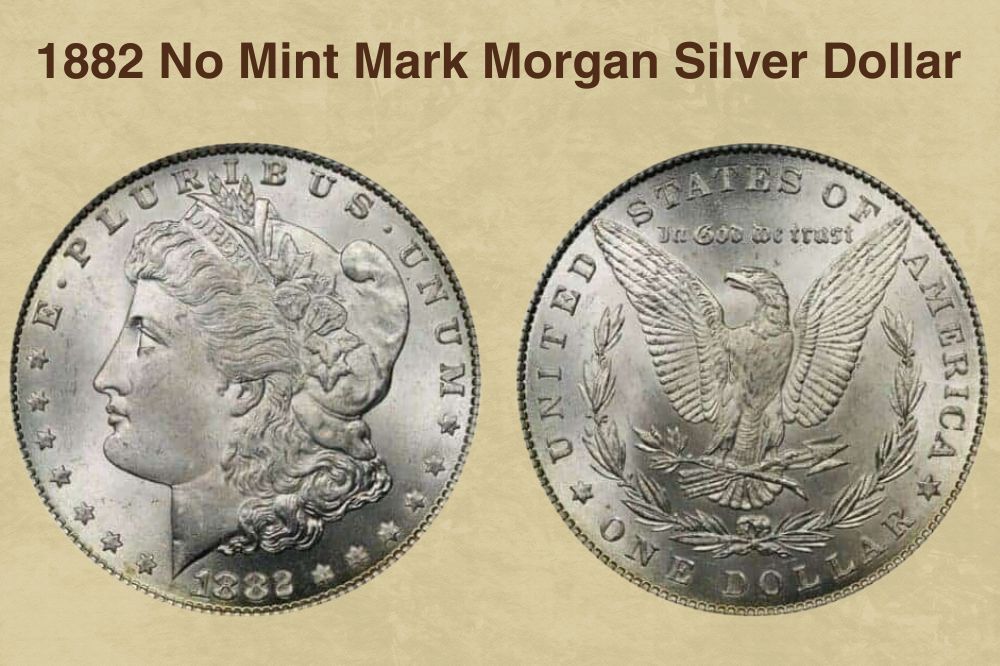
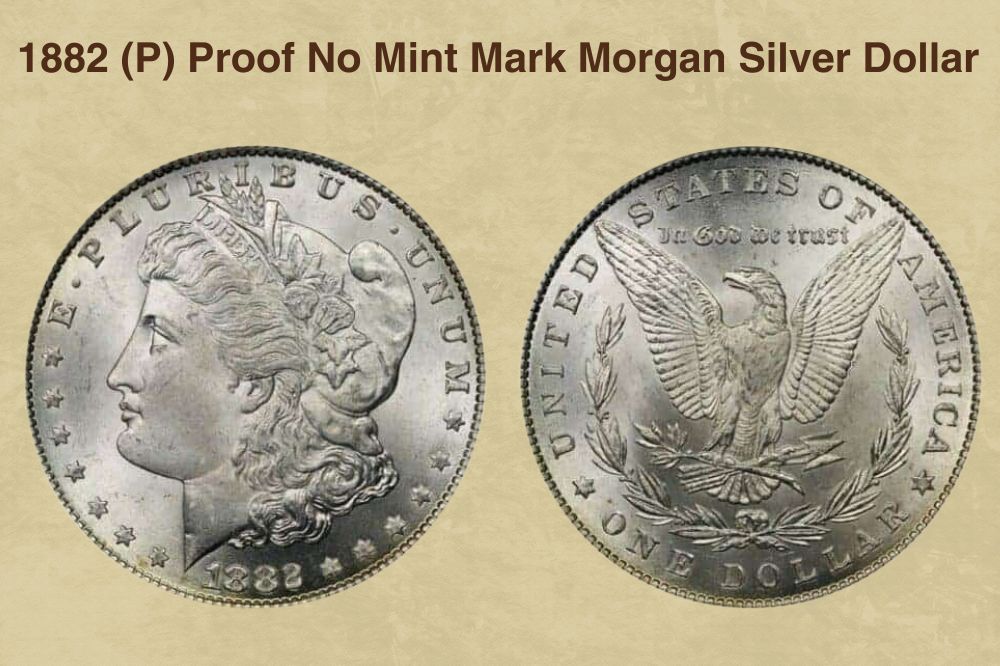
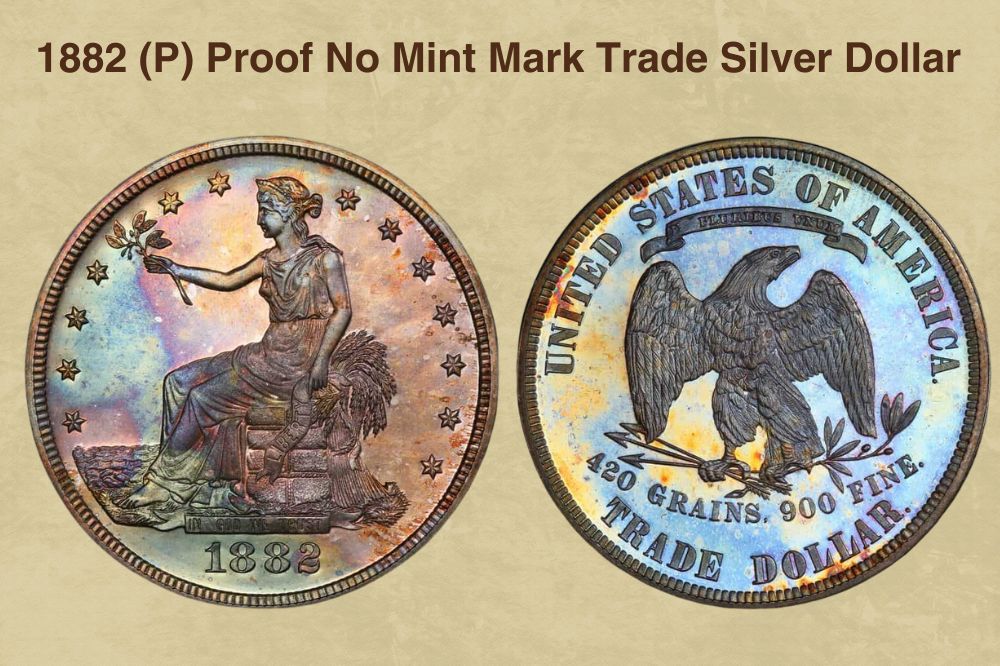
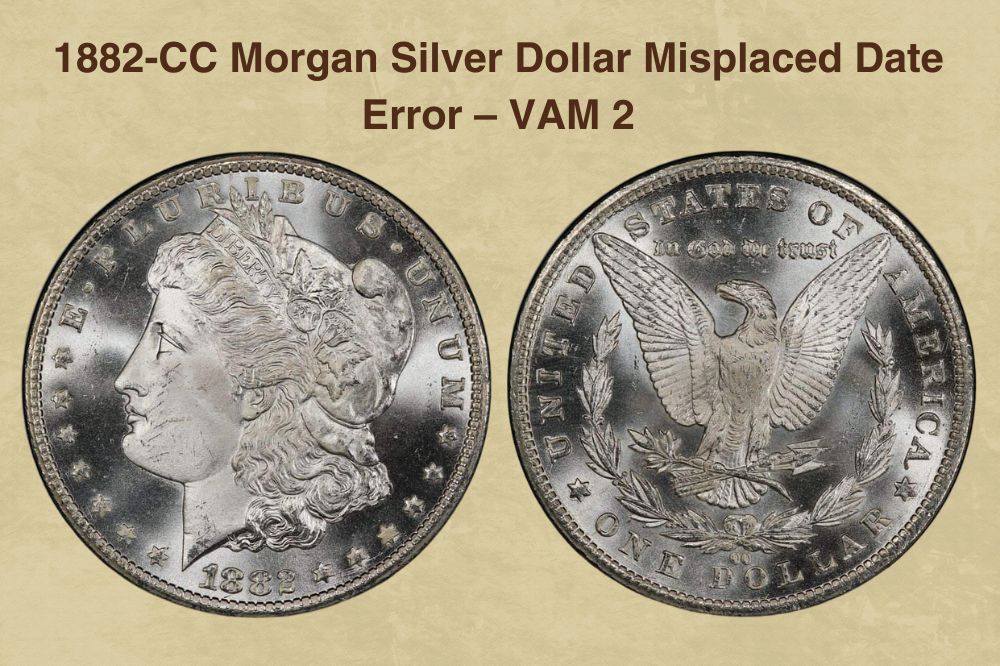
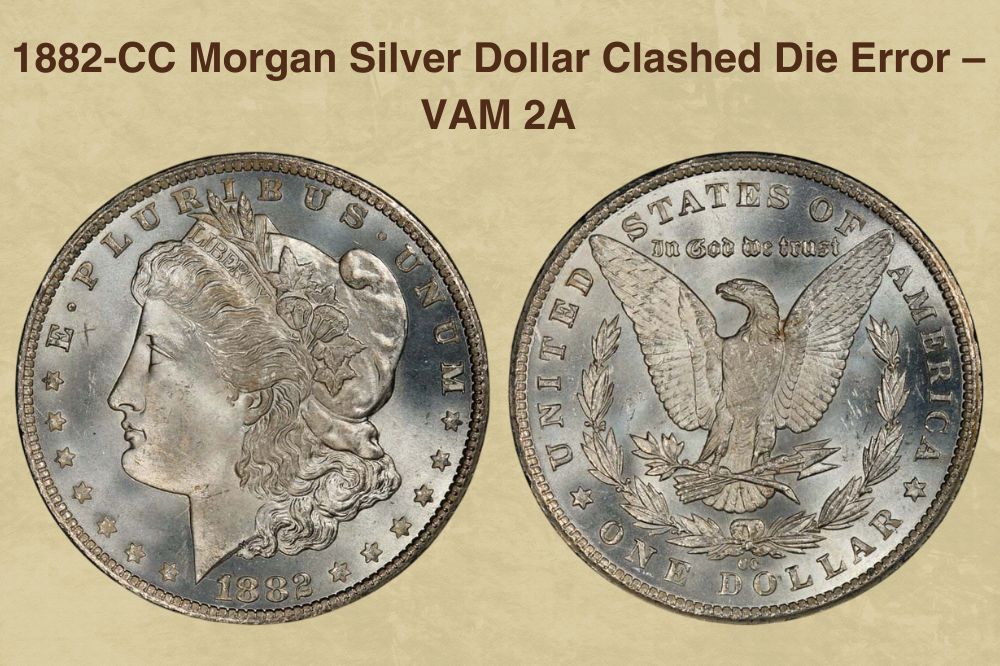
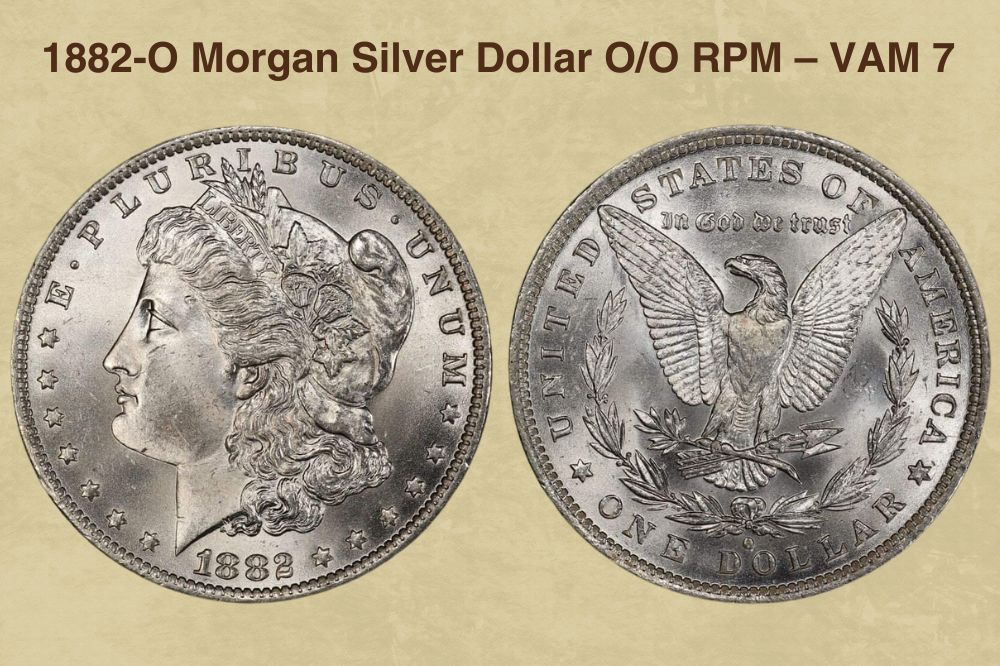
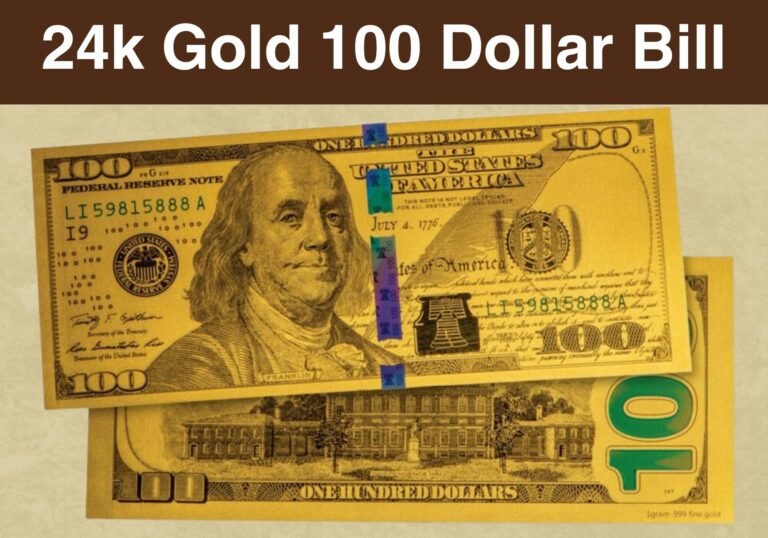
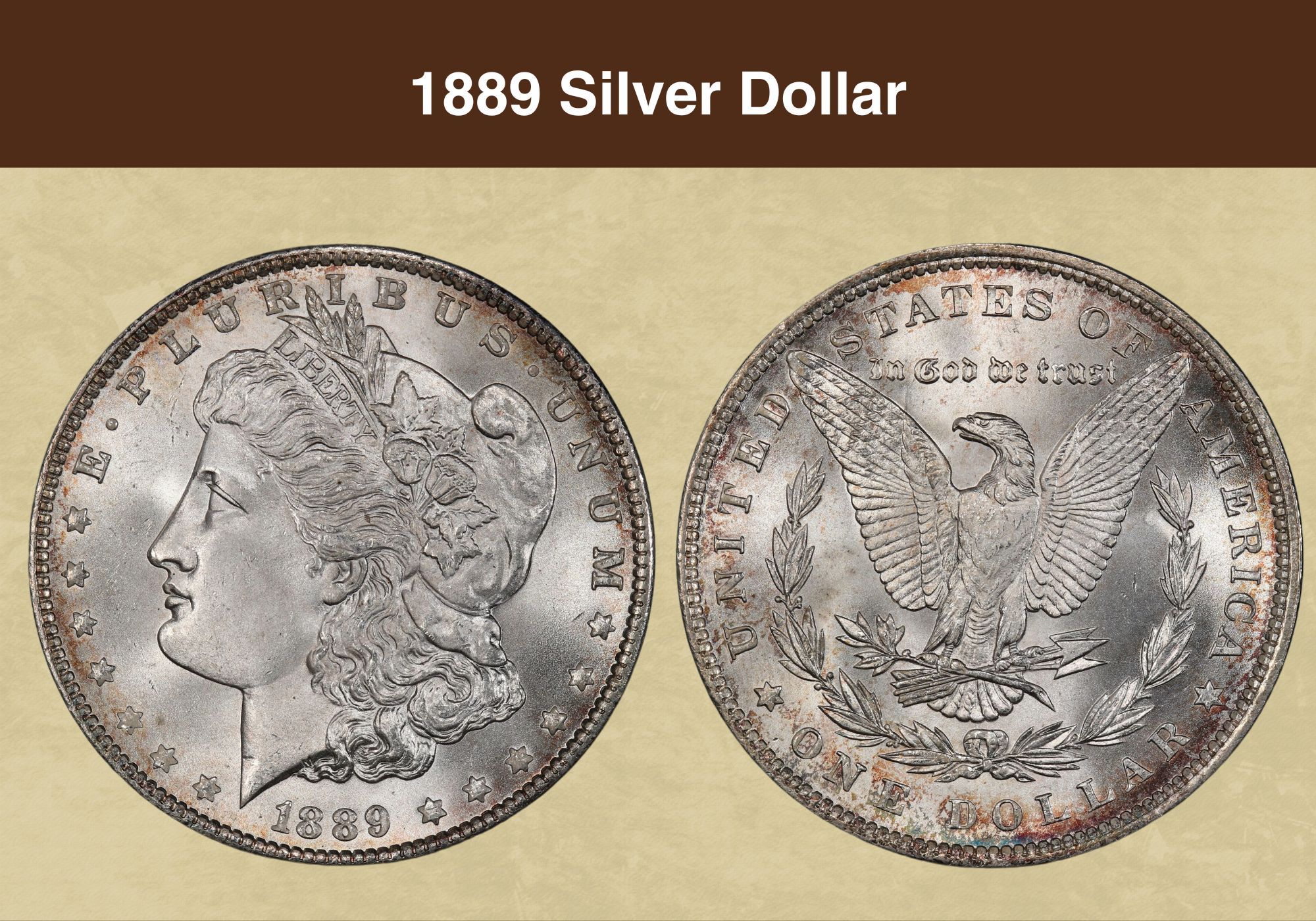
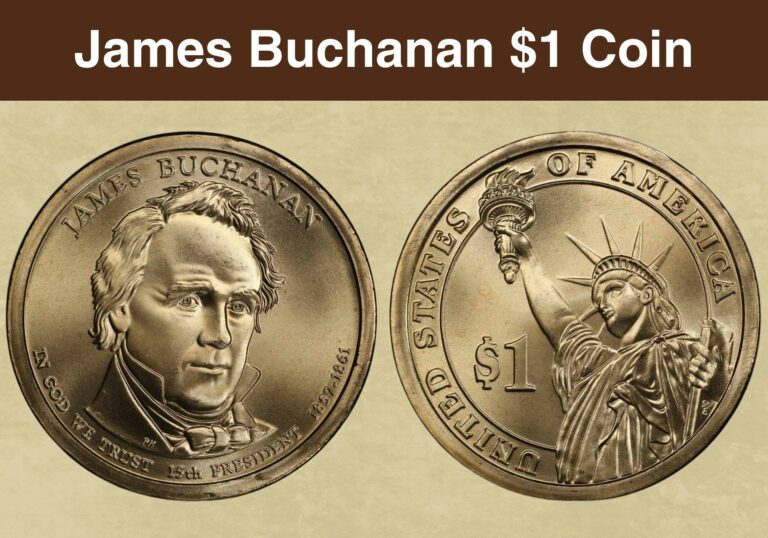
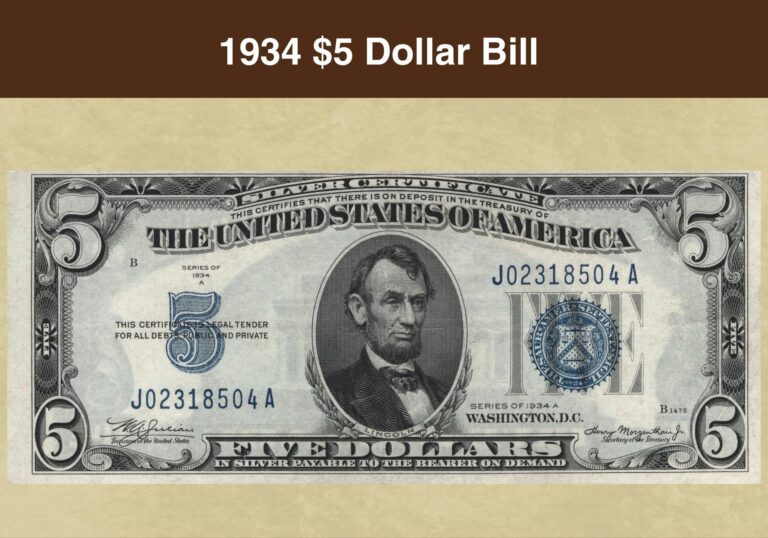
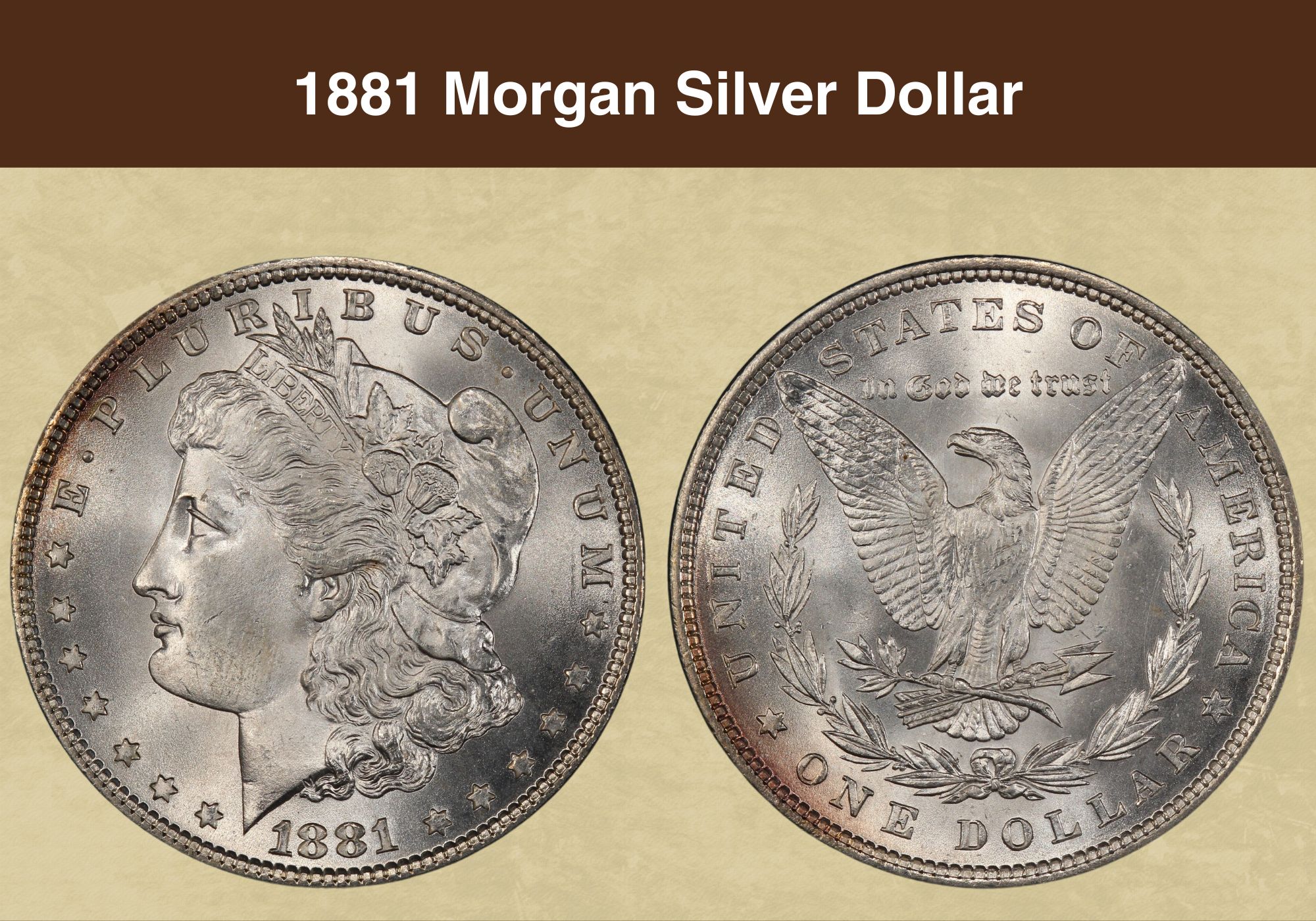
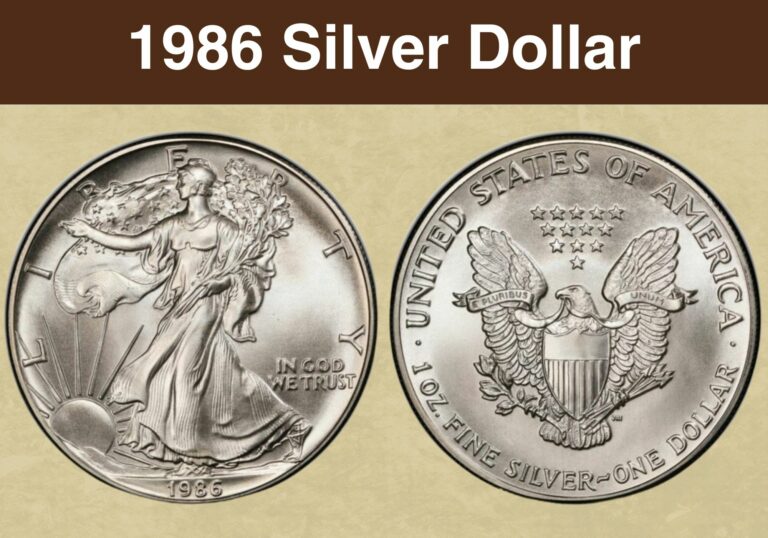
I have a 1882 silver dollar that is blank on the back. Is this a error that has been seen before or is this the first time you have heard this.